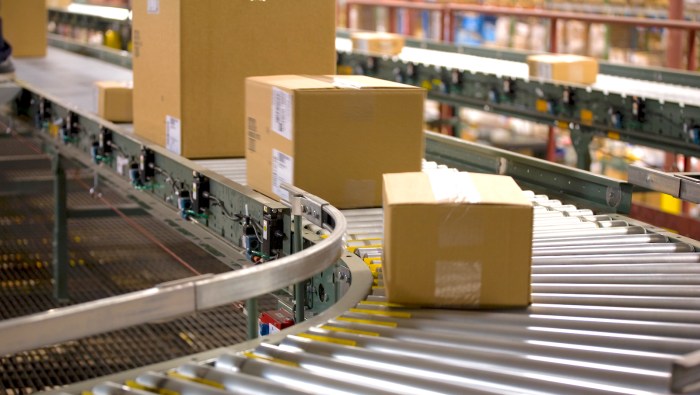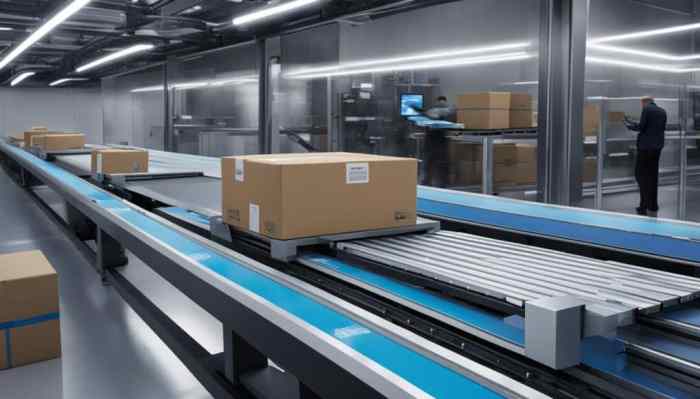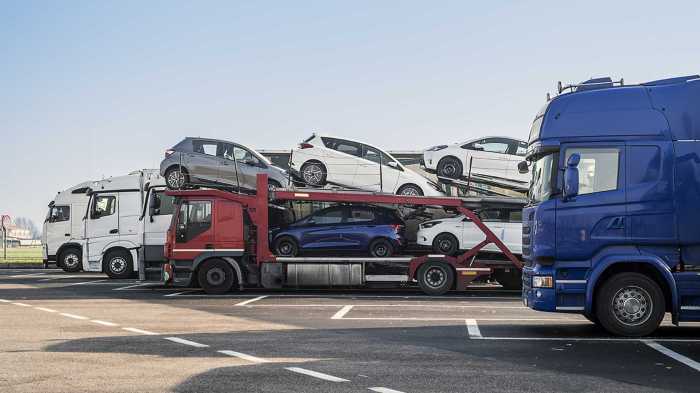Understanding Auto Transport Quote Components
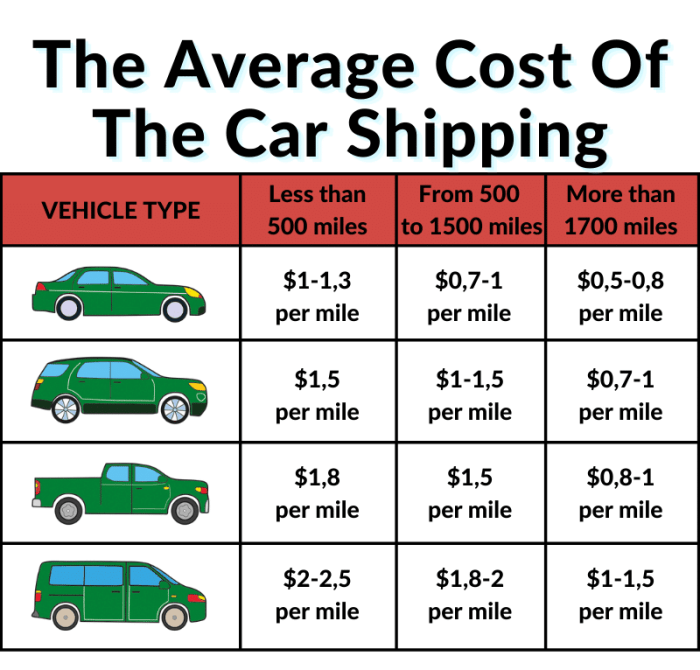
Securing a reliable auto transport quote involves understanding the various factors that influence pricing. This understanding empowers you to compare quotes effectively and choose the best option for your vehicle relocation needs. A thorough examination of the quote’s components ensures a transparent and fair transaction.
Factors Influencing Auto Transport Quotes
Several key factors determine the final cost of auto transport. These include the distance between the origin and destination, the type and size of your vehicle, the current market demand (seasonal fluctuations and fuel prices play a significant role), the level of service selected (open or enclosed transport), and any additional services required, such as expedited shipping or specialized handling for classic or high-value vehicles.
The condition of your vehicle and whether it’s operational also impacts pricing; inoperable vehicles often incur higher fees due to specialized loading and handling requirements.
Auto Transport Pricing Models
Auto transport companies employ various pricing models. The most common is a flat-rate quote, where a fixed price is offered for the entire transport. This is typically used for shorter distances and simpler transport scenarios. Alternatively, some companies utilize a mileage-based pricing system, where the cost is calculated based on the distance covered. This model is more common for longer hauls.
Finally, some companies may employ a combination of both methods, offering a flat rate for a portion of the journey and a mileage-based rate for the remaining distance.
Common Fees and Surcharges
Beyond the base transport cost, several fees and surcharges can be added to your quote. These often include fuel surcharges (which fluctuate with fuel prices), booking fees (covering administrative costs), and additional fees for oversized or specialized vehicles. Other potential charges include fees for pick-up and delivery outside of standard service areas, and fees associated with special handling requirements, such as vehicles requiring ramps or additional securement measures.
Finally, insurance costs may also be factored into the total quote.
Comparison of Hypothetical Auto Transport Quotes
The following table compares quotes from three hypothetical companies, highlighting key differences in pricing and services. Remember that these are hypothetical examples and actual quotes will vary depending on your specific circumstances.
| Company | Base Price | Fuel Surcharge | Booking Fee | Total | Transport Type |
|---|---|---|---|---|---|
| Company A | $1200 | $100 | $50 | $1350 | Open Transport |
| Company B | $1400 | $75 | $75 | $1550 | Enclosed Transport |
| Company C | $1150 | $125 | $0 | $1275 | Open Transport |
Understanding the Quote Process and Contractual Aspects
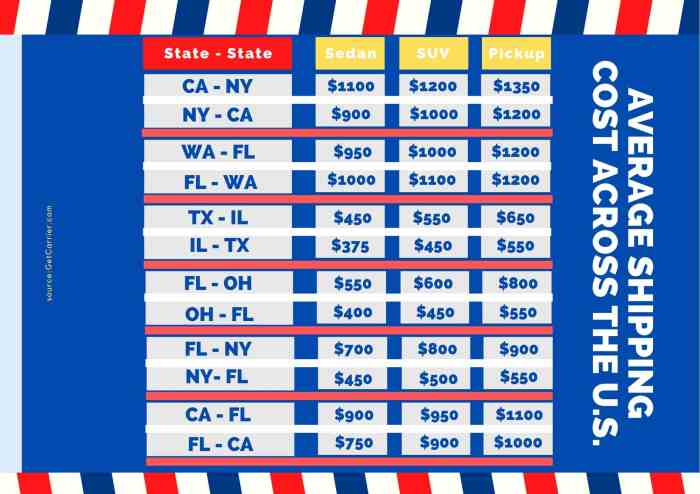
Obtaining an accurate auto transport quote and understanding the associated contract are crucial steps in ensuring a smooth and problem-free vehicle relocation. This section details the information needed for accurate quoting, provides a sample contract highlighting key elements, explains the quote confirmation process, and Artikels potential risks and mitigation strategies.
Information Required for Accurate Auto Transport Quotes
To receive a precise quote, carriers need specific details about your vehicle and transportation needs. This includes the vehicle’s make, model, year, VIN (Vehicle Identification Number), and condition (e.g., running or non-running). Crucially, you must provide the pickup and delivery addresses, including zip codes, as well as the desired delivery date or date range. Specifying whether you require open or enclosed transport significantly impacts the cost.
Finally, informing the carrier of any additional services needed, such as special handling for classic cars or expedited delivery, is essential for accurate pricing. Failure to provide complete and accurate information can lead to delays and unexpected costs.
Sample Auto Transport Contract Key Terms and Conditions
A typical auto transport contract will include several key elements. These generally involve the parties involved (shipper and carrier), a detailed description of the vehicle, including its VIN and condition, the agreed-upon transportation method (open or enclosed), the pickup and delivery locations and dates, the total cost, payment terms (including any deposits or payment schedules), and a clear Artikel of the carrier’s liability for damage or loss.
The contract should also specify the carrier’s insurance coverage and any limitations of liability. Furthermore, it should detail the process for handling claims in case of damage or delays. A clause outlining the dispute resolution mechanism is also standard. For example, a clause might state that any disputes will be resolved through binding arbitration. Finally, the contract should clearly define the responsibilities of both the shipper and the carrier throughout the transport process.
Confirming and Finalizing an Auto Transport Quote
Once you’ve received a quote, carefully review all aspects before confirming. Verify the accuracy of the vehicle details, addresses, dates, and the total cost. Clarify any ambiguities or uncertainties with the carrier before proceeding. Confirm the payment method and schedule. Once everything is agreed upon, the carrier will usually require a deposit to secure the transport.
The final payment is typically due upon delivery, subject to a satisfactory inspection of the vehicle. You should receive a copy of the signed contract for your records. This contract serves as a legally binding agreement outlining the terms and conditions of the auto transport service.
Potential Risks Associated with Auto Transport and Mitigation Strategies
Several risks are associated with auto transport. Careful planning and selection of a reputable carrier can significantly mitigate these risks.
- Damage to the Vehicle: This is a primary concern. Mitigation involves choosing a reputable carrier with adequate insurance, thoroughly inspecting the vehicle before and after transport, and documenting any pre-existing damage. Consider enclosed transport for higher-value or more delicate vehicles.
- Delays in Delivery: Unexpected delays can occur due to weather, traffic, or logistical issues. Mitigation involves choosing a carrier with a good track record and clear communication, and building buffer time into your schedule.
- Scams and Fraudulent Carriers: Unfortunately, some carriers are not legitimate. Mitigation involves thorough research, checking online reviews and ratings, verifying the carrier’s insurance and licensing, and avoiding unusually low quotes.
- Hidden Fees and Charges: Be aware of potential hidden costs. Mitigation involves carefully reviewing the contract and clarifying all charges upfront. Request a detailed breakdown of all fees before agreeing to the service.
